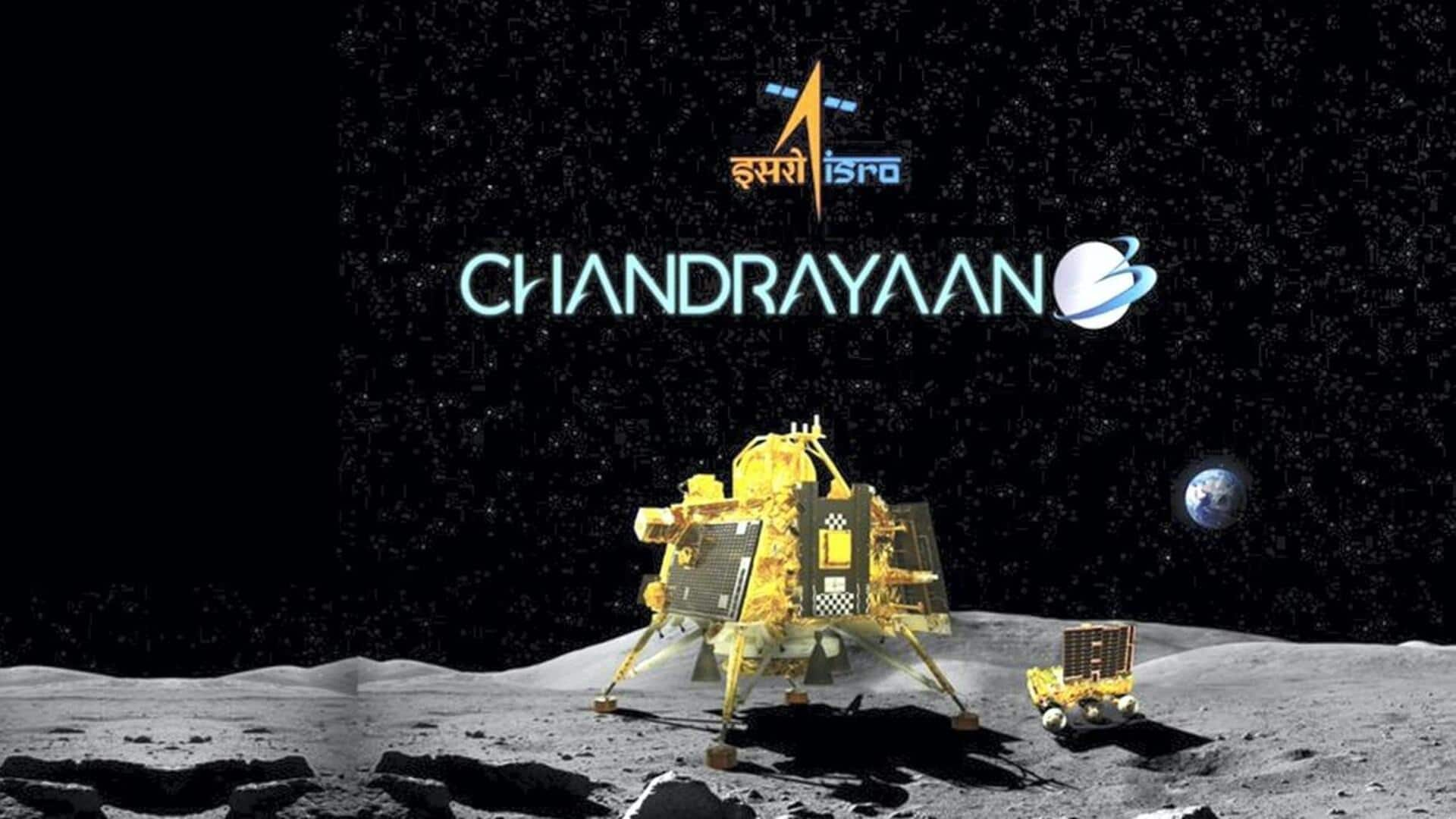
ISRO sets timeline for India's first manned mission to Moon
What's the story
The Indian Space Research Organisation (ISRO) has announced its ambitious plan to send humans to the Moon and return them safely within the next two decades. This revelation was made by ISRO Chairman S Somanath during an event in New Delhi today. He emphasized that the upcoming Chandrayaan-4 and Chandrayaan-5 missions will play a crucial role in achieving this goal.
Mission objectives
Chandrayaan missions crucial for manned lunar exploration
Somanath stated, "The journey of Chandrayaan-3 is going to continue. The model of Chandrayaan-4 is ready. We have proven how to reach Moon. But we have to now prove how to come back from there." He emphasized the importance of these missions in testing India's ability not only to land on the Moon but also return safely, a crucial step toward manned lunar exploration.
Space celebration
National Space Day marks Chandrayaan-3's lunar landing
The event also marked the first National Space Day, commemorating the anniversary of Chandrayaan-3's successful landing near the Moon's South Pole. On this day in 2023, India made history when Chandrayaan-3's Vikram lander became the first to land successfully on the lunar South Pole. In subsequent weeks, Pragyan rover explored and conducted experiments on the lunar surface.
Lunar discoveries
Chandrayaan-3's experiments yield valuable data
Somanath revealed that the five experiments conducted by Chandrayaan-3 yielded "excellent data," which led to the breakthrough discovery that the lunar surface was once filled with magma. "Today we have 55GB of data from Chandrayaan 3," he said, adding that this information has been thoroughly reviewed and analyzed and will soon be made public. These findings are expected to contribute significantly to ISRO's future lunar missions.
Technological advancements
ISRO to develop cost-effective launch vehicles for lunar missions
As part of its broader goal to land Indians safely on the Moon, ISRO plans to develop various technologies, including cost-effective launch vehicles. Somanath also shared that the Indian government is working toward making India's human space flight mission, Gaganyaan, sustainable and aims to create a pool of astronauts for future missions.